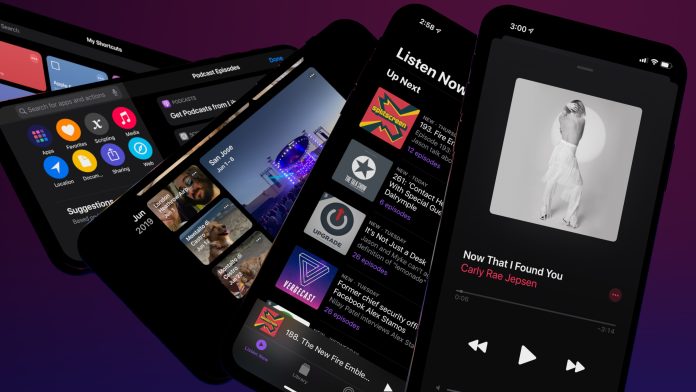How to Optimize Your Email Design for a Mobile-First Audience
With mobile devices accounting for the majority of email opens, designing emails with a mobile-first approach is essential. A poorly optimized email can lead to low engagement, higher bounce rates, and lost conversions. To ensure your emails look great and function seamlessly on smartphones and tablets, follow these best practices for mobile-first email design.
1. Use a Responsive Email Template
A responsive design automatically adjusts to different screen sizes, ensuring a seamless experience across all devices. Choose email templates that:
- Scale images and text proportionally.
- Adapt layout elements for different screen sizes.
- Maintain readability without requiring horizontal scrolling.
2. Keep Subject Lines Short and Impactful
Mobile screens display fewer characters in subject lines—typically around 30-40 characters. To boost open rates:
- Use concise, compelling language.
- Place key information at the beginning.
- Test different subject lines for performance.
3. Prioritize a Single, Clear Call-to-Action (CTA)
Avoid overwhelming mobile users with too many choices. Instead:
- Use one primary CTA that stands out.
- Make buttons large (at least 44×44 pixels) for easy tapping.
- Keep CTA text action-oriented (e.g., “Shop Now,” “Get Started,” “Claim Your Offer”).
4. Optimize Font Sizes and Readability
Tiny text frustrates readers and leads to abandoned emails. Ensure your content is easy to read by:
- Using a minimum font size of 14px for body text and 22px for headlines.
- Choosing clean, legible fonts (e.g., Arial, Helvetica, or sans-serif fonts).
- Keeping paragraphs short for better readability.
5. Use Mobile-Friendly Images and Layouts
Large images can slow load times and disrupt formatting. To optimize images:
- Compress them to reduce file size without losing quality.
- Use alt text to describe images in case they don’t load.
- Avoid overloading emails with too many visuals.
6. Make Emails Thumb-Friendly
Mobile users navigate emails with their thumbs, so ensure a seamless experience by:
- Placing CTAs in easy-to-tap areas (centered or near the bottom).
- Using adequate spacing between links to prevent misclicks.
- Designing layouts with vertical scrolling in mind.
7. Test Emails on Multiple Devices
Before sending your campaign, test how your email appears across various screen sizes and email clients. Use tools like:
- Litmus or Email on Acid for previews.
- A/B testing to refine design elements and engagement.
Final Thoughts
Optimizing your email design for a mobile-first audience is crucial for engagement and conversion rates. By using responsive templates, crafting clear CTAs, prioritizing readability, and testing across devices, you can ensure your emails deliver a seamless experience. As mobile usage continues to grow, mobile-first email design is no longer optional—it’s essential for success.


